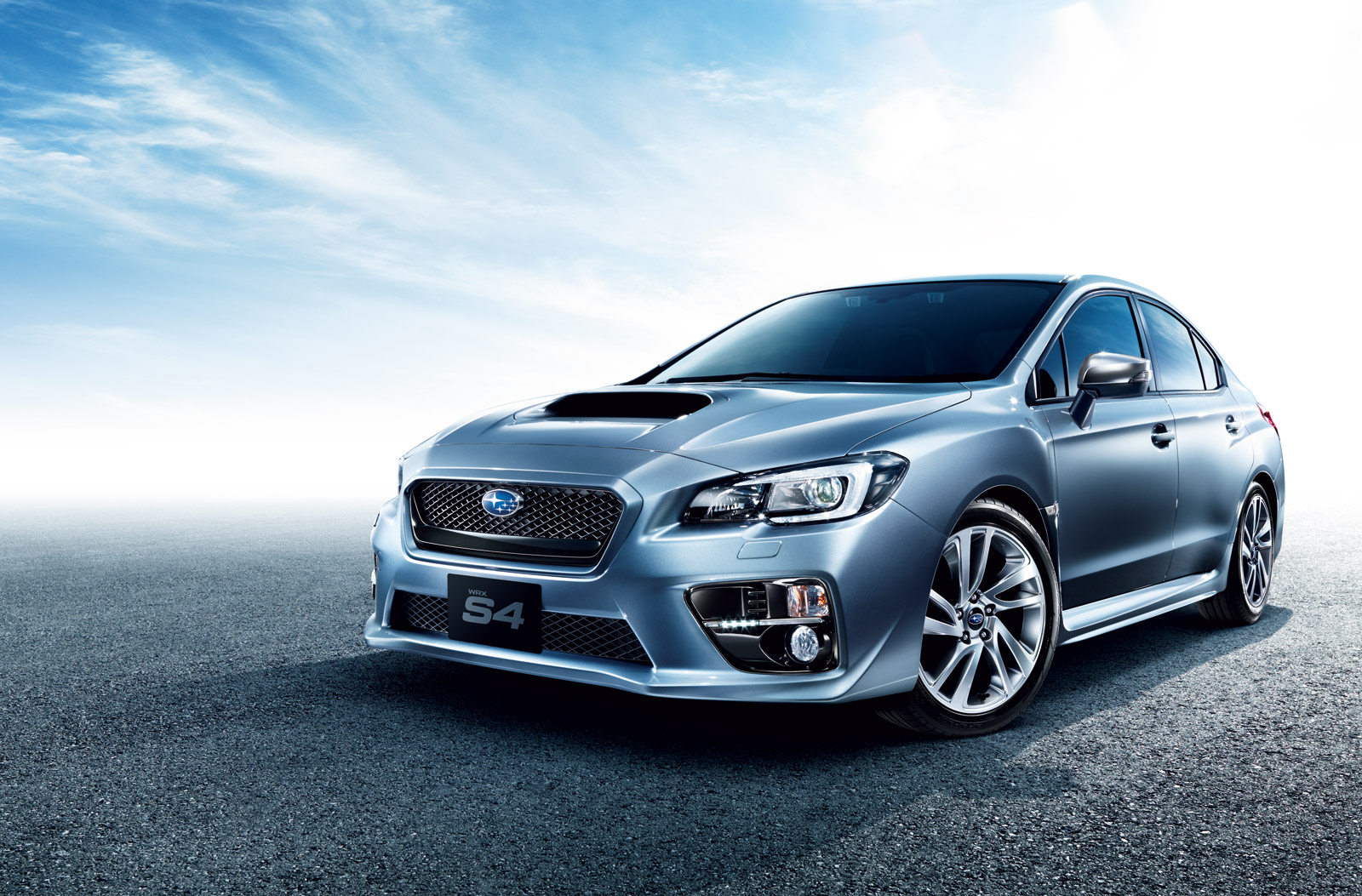Subaru, a name synonymous with rugged adaptability and cutting-edge technology, has established a formidable presence in the automotive market. But what is the origin of Subaru, and is it truly an American-made vehicle? This inquiry delves deep into the roots of Subaru’s manufacturing ethos, exploring its Japanese heritage, production practices, and the intricate balance of globalization within the automotive industry.
At its core, Subaru is a brand owned by the Japanese automaker Subaru Corporation, known formerly as Fuji Heavy Industries. Founded in 1953, Subaru’s foray into the automobile industry began earnestly in 1954 with the launch of the Subaru 1500. This inaugural model signified the beginning of a legacy rooted in aerospace engineering, which has significantly influenced Subaru’s design philosophy.
Despite its indelible Japanese roots, Subaru has cultivated a substantial manufacturing footprint in the United States. Their primary assembly plant, located in Lafayette, Indiana, was established in 1987 and has since played a pivotal role in producing several of the brand’s most beloved models, such as the Outback and the Legacy. The decision to manufacture in the U.S. was guided not only by the desire to reduce shipping costs and tariffs but also to cater to the growing demand in the North American market.
To determine whether Subaru vehicles can be classified as “American made,” we must consider the criteria laid out by the American Automobile Labeling Act. According to this legislation, a vehicle is deemed American made if a certain percentage of its parts are sourced from the United States, and if its final assembly occurs within its borders. With Subaru’s Lafayette plant serving as the nexus for assembling several models, a significant proportion of its components also comes from American suppliers, thereby meeting the criteria for American-made vehicles.
Moreover, the Lafayette facility is a paragon of modern manufacturing practices. The plant employs advanced techniques such as Just-In-Time (JIT) production, ensuring efficiency and minimizing excess inventory. This meticulous orchestration allows for rapid response to market demands while maintaining high-quality standards—a hallmark of Subaru’s commitment to excellence.
In addition to the Lafayette plant, Subaru has established a sense of community by employing thousands of American workers. The economic impact of this facility reverberates throughout the region, generating jobs and contributing to local economies. The symbiotic relationship between Subaru and its American workforce has further entrenched the automotive powerhouse within U.S. commerce.
However, the philosophy of “American made” transcends mere physical assembly. It encapsulates a broader narrative about global collaboration and the shared advancements in engineering and design. Subaru’s commitment to sustainability and environmental responsibility resonates with consumers who increasingly prioritize eco-friendly practices. The brand has made significant strides in developing energy-efficient technologies, including its award-winning Subaru Symmetrical All-Wheel Drive and the innovative EyeSight Driver Assist Technology. These advancements enhance safety and environmental performance, maintaining Subaru’s competitive edge in a rapidly evolving automotive landscape.
In addition to manufacturing practices, exploring Subaru’s product diversity sheds light on their understanding of the global market. Subaru offers a varied lineup, which includes sedans, crossovers, and off-road vehicles, appealing to a wide array of consumers. Models such as the Subaru Forester have gained cult status among outdoor enthusiasts, thanks in part to their all-terrain capability and spacious interiors, making them ideal for camping trips or tackling rugged landscapes.
This adaptability extends to Subaru’s marketing strategies, which often emphasize the lifestyle elements associated with their vehicles. Subaru has effectively positioned itself as an enabler of adventure, promoting their cars as the ideal companions for road trips, family outings, and outdoor escapades. This lifestyle branding resonates deeply with a demographic that values exploration and environmental consciousness, further solidifying Subaru’s niche in the competitive automotive marketplace.
Critically, Subaru also distinguishes itself through its particular customer loyalty. The brand enjoys one of the highest rates of repeat customers, a testament to the satisfaction derived from their vehicles. This loyalty can be attributed to the reliability of Subaru models, which consistently rank high in various consumer reports and automotive reviews. The Subaru community, often characterized by a sense of camaraderie among owners, reinforces this bond, creating a loyal following that transcends mere ownership.
Reflecting upon the essence of Subaru reveals a tapestry woven with threads of global influence, American manufacturing, and a keen understanding of consumer preferences. While Subaru’s origins lie in Japan, its dedication to producing vehicles in the United States—through advanced manufacturing practices and local integration—cements its status as a legitimate player in the realm of American automotive manufacturing. The intricate dance between Japanese innovation and American assembly embodies the modern automotive industry’s complexity.
In conclusion, Subaru, while rooted in Japanese engineering traditions, has embraced the essence of American manufacturing through its Indiana facility, robust supply chain practices, and an eco-friendly ethos. Therefore, Subaru vehicles can indeed be characterized as American-made, resonating deeply with consumers who appreciate quality, adventure, and community. As the automotive landscape evolves, Subaru continues to redefine its narrative, demonstrating that it is not merely a car brand but a lifestyle choice for those who prioritize adventure, reliability, and sustainability in their journeys.
